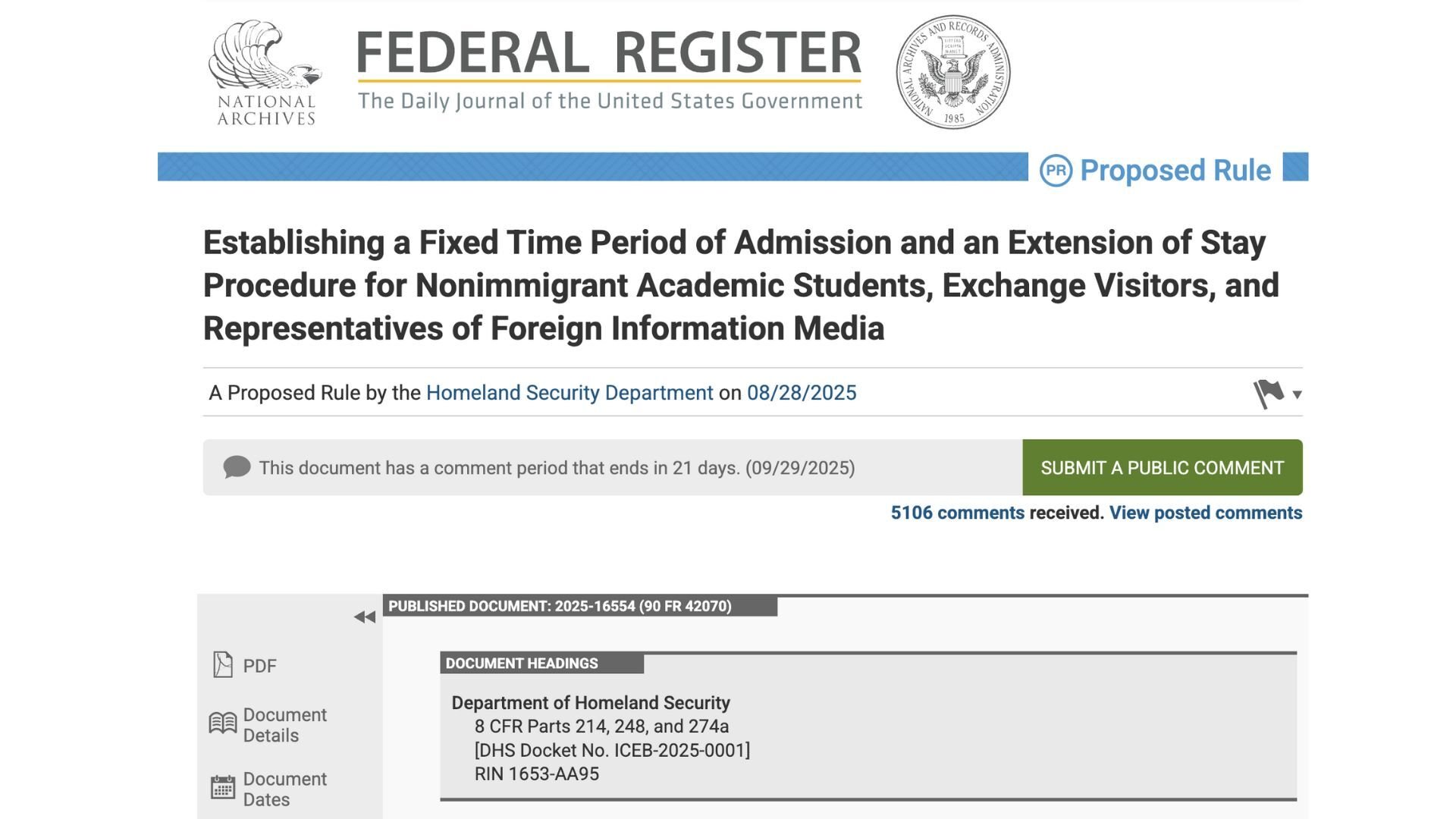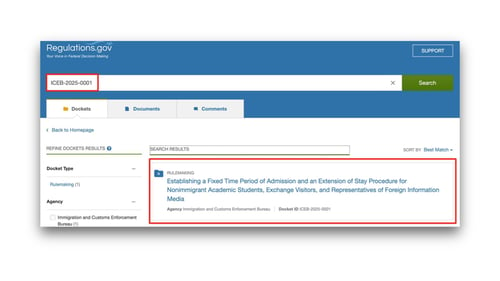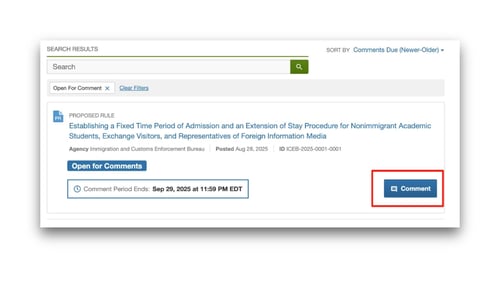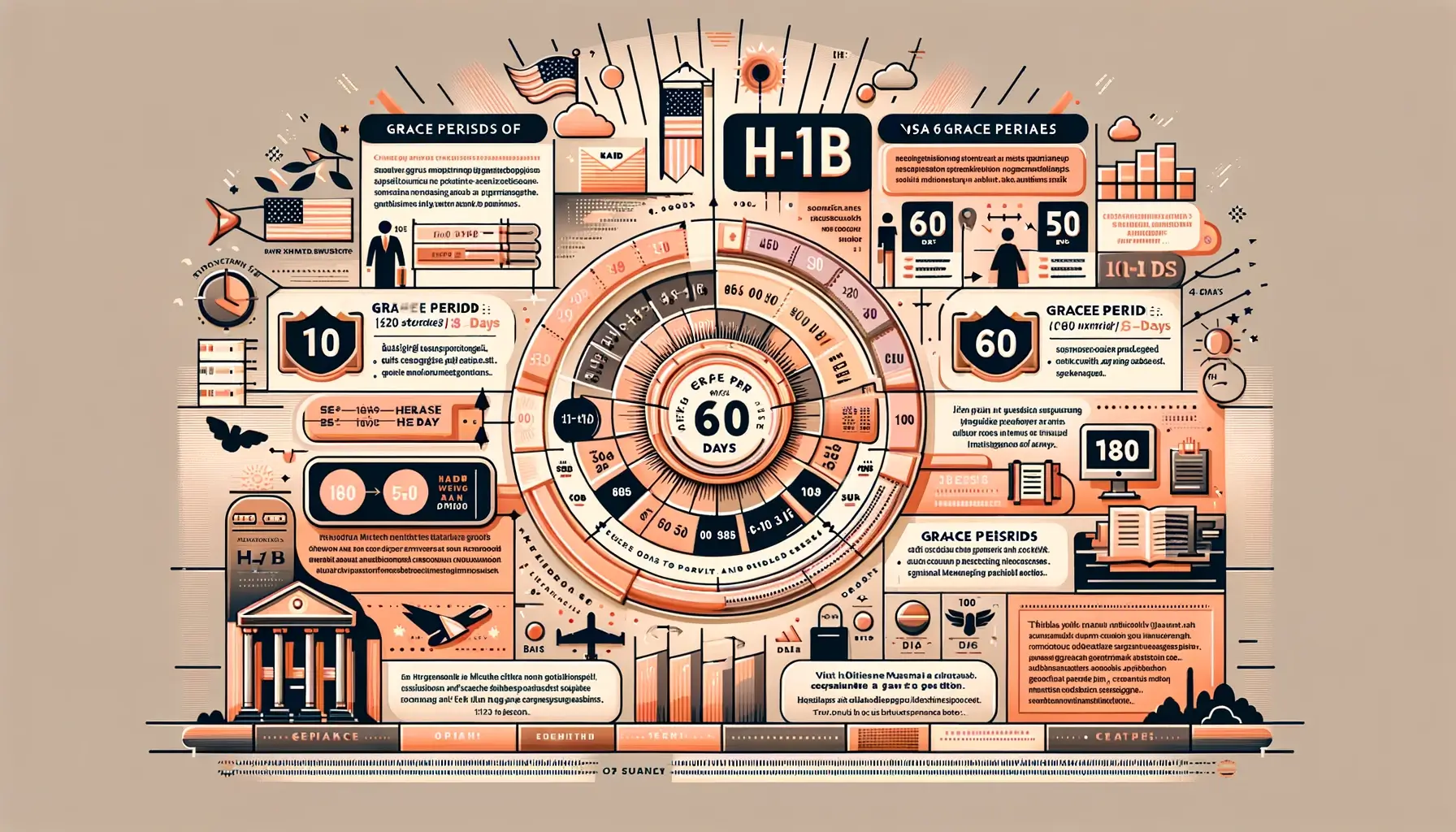If you’re working in the U.S. on an H-1B visa, understanding your tax obligations is essential - especially if you’re transitioning from F-1 student or OPT status.This guide breaks down everything you need to know, from what taxes you owe to how to file, what deductions you can claim, and key deadlines to watch.
Table of Contents
- Background: What is D/S?
- DHS F-1 Student Policy Comparison
- How OPT Gets Harder Too
- Summary of Impacts
- Timeline
- How to Take Action: Comments Now!

1. Background: What is D/S?
D/S = Duration of Status, a special rule for F-1 student visas.
When entering the U.S., your I-94 usually says D/S, which means your status stays valid as long as you’re enrolled, plus a 60-day grace period after graduation.
Why it mattered?
- No need to stress over I-94 expiration dates. Stay enrolled = you’re fine.
- Highly flexible — allowed students to change majors, transfer schools, or transition into OPT more easily.
Under the new proposal, the Department of Homeland Security (DHS) would eliminate “Duration of Status” (D/S) for F-1 students and instead implement a Fixed-Term Admission policy. This means that, rather than being allowed to remain in the U.S. for as long as they maintain their student status, international students would be granted entry for a specific, predetermined period as listed on their I-94 record.
2. DHS F-1 Student Policy Comparison
|
Item
|
Old Policy (D/S)
|
New Policy (Fixed-Term Admission)
|
|
Status Duration
|
Valid as long as enrolled; 60-day grace period after graduation
|
Maximum 4 years (linked to I-94); extensions require filing Form I-539 + biometrics
|
|
Post-Graduation Grace Period
|
60 days
|
30 days
|
|
Extension Cost
|
Not required
|
$370–495 per filing + $85 biometrics fee
|
|
Flexibility / Multiple Master’s Degrees
|
Students could pursue multiple Master’s programs
|
Almost no legal path for a second Master’s; flexibility to study multiple Master’s degrees is lost
|
|
OPT/STEM OPT
|
60-day grace period after graduation; simple application process
|
Tighter timelines; if I-94 expires before filing I-539 → unlawful presence; grace period after OPT is only 30 days
|
|
PhD Master-Out Option
|
Allowed to exit early with a Master’s
|
Master-Out may no longer be permitted
|
3. How OPT Gets Harder Too
1) If your OPT/STEM OPT extends past the I-94 (max 4 years for F-1), you must file Form I-539 (Extension of Stay) + biometrics.
Under the fixed-term system:
-
If you miss the I-94 deadline and don’t file I-539 → unlawful presence starts immediately.
-
If you file on time → you’re in “authorized stay,” not unlawful.
-
If I-539 is denied and I-94 has already expired → you must leave right away, or unlawful presence begins (could trigger a 3-/10-year bar).
Transition rule: For the first 6 months after the rule takes effect, students applying for OPT/STEM OPT on time can skip the first EOS (only need I-765). DHS can extend this waiver in 6-month increments.
2) OPT timelines also tighten:
-
Only 30-day grace period after OPT ends.
-
STEM OPT employers must register in a new DHS system; I-983 plans face stricter review and audits.
4. Summary of Impacts
-
Current students: Must graduate on time, no easy program changes. If studies exceed I-94, need EOS → more restrictions.
-
Second Master’s students: Almost no legal pathway to do another Master’s. Flexibility drops, can’t pivot careers, can’t extend status.
-
OPT students: Less time to job-hunt and file paperwork; higher risk. STEM OPT may need additional EOS, adding extra steps and costs.
-
PhD students: Master-out (exiting early with an MA) may no longer be allowed.

5. Timeline
-
Public comment period closes → Sept 29, 2025.
-
Final rule → likely late 2025 or early 2026.
-
Effective → expected mid-2026, with a 6-month OPT transition period.
6. How to Take Action: Comments Now!
1) Go to regulations.gov, search ICEB-2025-0001
Or simply visit the page: https://www.federalregister.gov/documents/2025/08/28/2025-16554/establishing-a-fixed-time-period-of-admission-and-an-extension-of-stay-procedure-for-nonimmigrant

2) Click Comment

How to Write a Comment
-
Share personal story + explain impact on U.S. business / long-term development + offer constructive suggestions.
-
Points you can use (add detail with ChatGPT):
-
Second Master’s Degrees: Banning second Master’s removes the only realistic path for international students to retrain and gain skills in high-demand fields.
-
D/S (Duration of Status): Ending D/S and moving to Fixed-Term Admission reduces flexibility, shortens grace periods, and adds additional costs and uncertainty.
-
-
Constructive suggestions:
-
- Allow an “academic second Master’s” in a different field.
- Keep D/S, or at least allow a more flexible fixed period.
- Maintain the 60-day post-graduation grace period instead of reducing it to 30 days.
📣 Anyone can comment—even F-1s, not just citizens. You can stay anonymous.
👉 Submit your opposition to push DHS to delay or adjust the details!
You May Also Like
These Related Stories

H-1B Grace Period: 10 Days, 60 Days, and 180 Days

Critical 90 Days After Winning the H-1B Lottery - Document Submission Timeline

.jpg?width=1200&height=400&name=Refer%20us%20to%20your%20friend%20and%20Earn%20$200+%20Bonus%20(1).jpg)
%20(1).jpg?width=288&height=480&name=%E9%87%8E%E7%81%AB%E4%B8%8A%E5%B2%B8%E7%BE%A4%E4%BA%8C%E7%BB%B4%E7%A0%81%20(600%20x%201800%20px)%20(1).jpg)
No Comments Yet
Let us know what you think